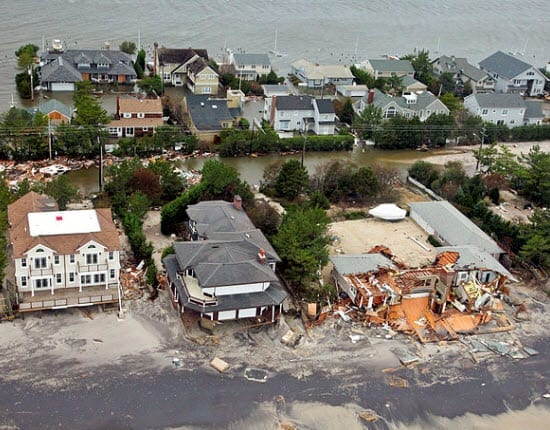 Hurricane Sandy relief package makes modest progress
Hurricane Sandy relief package makes modest progress
Little more than 10 weeks have passed since Hurricane Sandy visited the East Coast, leaving a path of destruction in its wake. The recovery effort is still underway as those affected by the storm try to regain some semblance of balance in their lives. Late last week, the U.S. House of Representatives finalized their approval of a $50.5 billion emergency relief plan designed to help the victims of Hurricane Sandy. The move exposed divisions throughout the Legislative branch, creating a significant amount of controversy among politicians.
Lack of appropriate insurance coverage creates financial crisis
The emergency relief funds must still be approved by the Senate before it makes its way to President Obama. The plan itself has been subject to change various times over the past several weeks, largely due to the money it allocates to Hurricane Sandy victims. Many of these people had homeowners insurance that they believed would protect them from storms like Sandy, but found that their claims were denied either due to technicality or the fact that their insurance provider does not cover damage associated with floods.
Emergency funds may help federal insurance program pay claims
Most of the country’s homeowners, particularly those that live in regions of the country prone to floods, receive the flood insurance they need through the National Flood Insurance Program. The federal program has, since Hurricane Katrina, been in the throes of financial crisis. Due to lack of funds, the program verges on the inability to pay claims, thus delaying the recovery process in the wake of Hurricane Sandy. The emergency relief funds are meant to help alleviate some of the financial burden on the federal program without sacrificing the benefits that victims may be due.
Funds will be used for other aspects of recovery
Not all of the money associated with the emergency relief package will go to victims. Approximately $16 billion will be used to repair the tarnished transit systems of New York and New Jersey, which were battered by the powerful storm. Another $5.4 billion will go to the Federal Emergency and Management Agency, which will use these funds for disaster relief as it sees fit.

